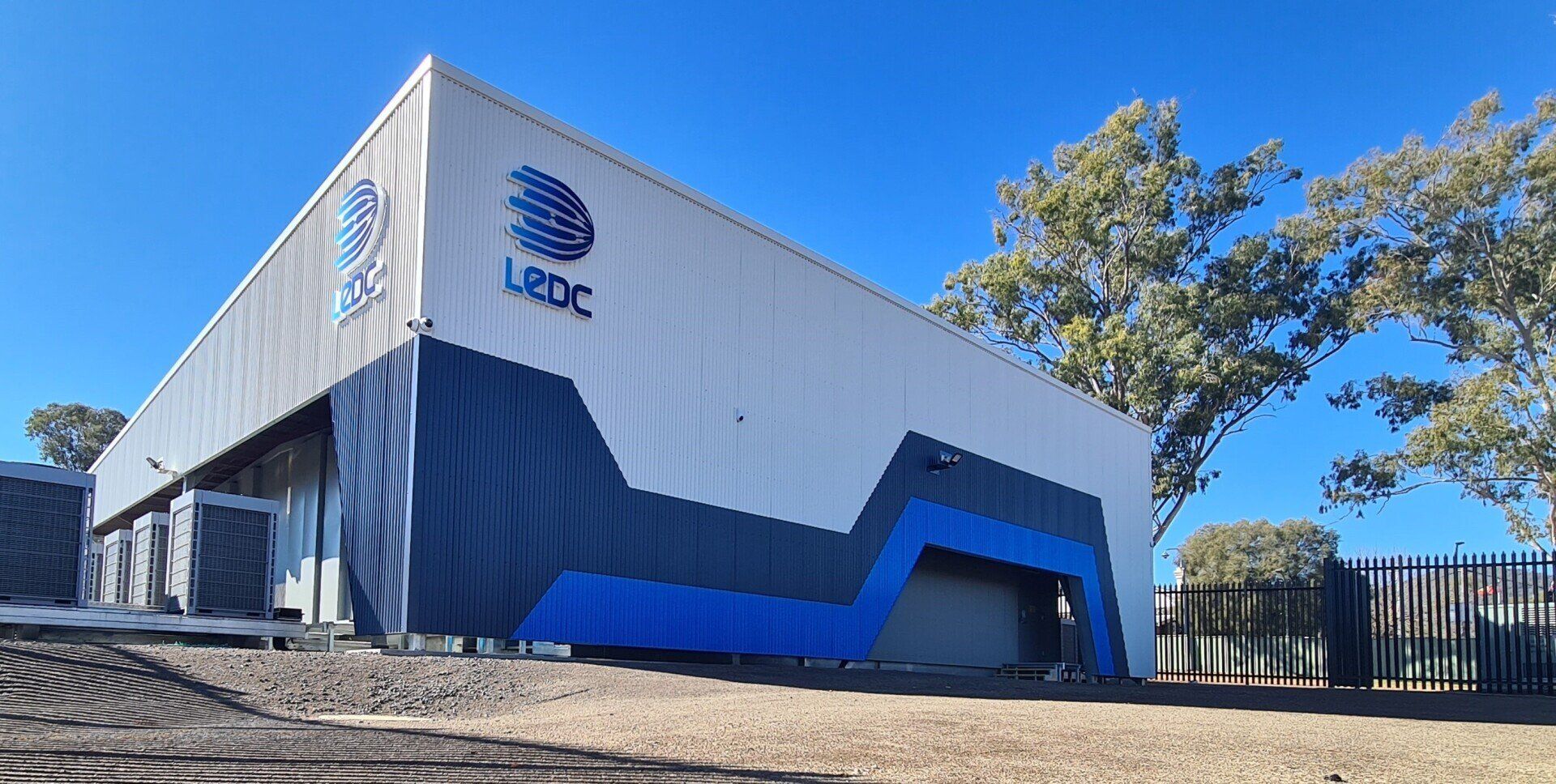Chris Thorpe is Founder and Chief Executive Officer at Leading Edge Data Centres, a Tier III data centre operator providing co-location facilities across greater metropolitan and regional locations within Australia.
Digital Equity for Regional Australia
Data centres enable regional towns to compete on the same playing field as metropolitan areas

Digital infrastructure in regional Australia has long been neglected, left without investment for many years. This neglect has resulted in untapped economic potential. What impact would local data centres have on growth, and how can regional centres catch up with the capital cities? The key lies in urgent attention to cost-effective connectivity and cloud access solutions for Australian farmers.
Regional towns have been forced to endure limited and costly network solutions for far too long. It goes without saying that it is difficult to run a business when connectivity is both insecure and unstable. And, not only are regional businesses being disadvantaged, but they are also paying more for the privilege. Something needs to change.
THE CHALLENGES FARMERS ARE FACING
The current reality is, every time someone in regional Australia attempts to access the internet, their request needs to go through a metropolitan area, such as Sydney or Melbourne. This pinging back and forth results in a high latency experience – the delay before a transfer of data begins following an instruction for its transfer. The result? Slow, unpredictable connection that could drop out at any moment. It’s not a stretch to suggest that a simple weather event can leave a small town without internet for several days.
If left as is, the situation is only going to get worse. There are no two ways around it, as extensive public cloud use is prohibitive. Plus, the widespread inception of 5G and growing applications for augmented reality and artificial intelligence means that the volume of data is mushrooming. How will regional towns cope?
FINDING A SOLUTION
The answer is simple. Business data and the cloud both need to live closer to where it is needed in order to streamline processing and reduce latency. This is where data centres come into play. A data centre is a highly connected secure facility that centralises all IT operations and equipment in order to store, process and disseminate data and applications. For many people and businesses, data centres house their most critical and proprietary assets and, therefore, are vital to the continuity of their daily operations. They also provide direct connectivity to the cloud.
There are reportedly more than 7 million data centres worldwide. You can thank data centres for any data storage, management, backup and recovery, as well as your email, high-volume e-commerce transactions, big data, machine learning, artificial intelligence and more.
Unfortunately, it’s no longer enough to have access to a data centre and sending data to and from big cities just won’t cut it anymore. It needs to be local. That’s why edge data centres are so important. An edge data centre is a small data centre located ‘at the edge,’ meaning closer to the people, processes and technologies that generate and use data.
Edge data centres are based in 23 regional Australian centres with large populations such as Tamworth, Wagga Wagga, Bendigo, Townsville and Coffs Harbour. They provide direct cloud access, low latency connection and a competitive marketplace that creates a technology hub for the local community.
THE BENEFITS FOR FARMERS
Edge data centres deliver improved telecommunications services for those living in and around regional centres including connectivity, resilience, reliability, and bandwidth. While many have been hesitant to adopt new digital technologies previously due to high latency and the connectivity costs, local data processing can remove this barrier with a fast, affordable solution.
Farmers who regularly employ internet sensors, drones or autonomous farming vehicles on their rural properties are noticing a major impact on their business. These technologies, however, involve collecting vast amounts of data that need to be processed. If the data centre is back in Sydney, these technologies cannot operate in real-time, and a time-lag is inevitable. A local edge data centre allows the data to be processed close by, in real-time, providing better data and analytics for managing and harvesting crops.
The impacts of adopting edge data centres can be felt throughout the farm business as a whole. For example, the overall cost of each harvest can be reduced by adopting sophisticated technologies that can detect specific bugs on a leaf, or sensors that measure moisture and tell the farmer exactly when to apply water. The more information the farmer has access to, the faster he / she can take action; the result is less crop wastage. This isn’t just good for farmers - it also means that the price goes down for consumers. Everyone wins.
THE BIGGER PICTURE
We know the demand for data is already skyrocketing in agriculture, and it’s not just due to the rise of advanced technology. Due to COVID-19, there has been an influx of people and businesses moving to the regions, putting an even greater burden on an already heaving infrastructure.
There are many other socio-economic benefits of edge data centres being widely adopted for regional and rural populations. It is well known that kids raised in rural communities leave the farm to gain a tertiary education and often don’t return due to the lack of work opportunities outside of agriculture, which results in a “brain drain”. Building regional data centres enable metro businesses to relocate their offices to regional areas. Local businesses are also operating more effectively, allowing them to compete on a global stage. All of this creates opportunities for new jobs, driving the local economy and enticing people to move to the area.
KEY PLAYERS
The uptake of edge data centres has been swift, with many businesses and organisations coming together to make it possible. Leading Edge Data Centres own and operate the centres, while Schneider Electric is responsible for the design and build, monitoring and maintenance. Cisco Systems powers the network, in partnership with the NBN POI (Point of Interconnect) which is what allows the data to stay local. This means that every house and business on that POI can take advantage of the faster speeds.
Most of the large telecommunications companies are on board too, allowing users to choose their carrier. The ecosystem within each data centre has been created with the user in mind. There are Managed Service Providers and IT services that can help customers connect and run their business network efficiently.
It’s this collaboration that will make work and life easier for Australian farmers. The time for regional businesses and communities to have access to a stable, reliable and cost-effective network has arrived. It won’t be long until regional towns are on an even playing field with metropolitan cities, achieving digital equity across the whole country.

















